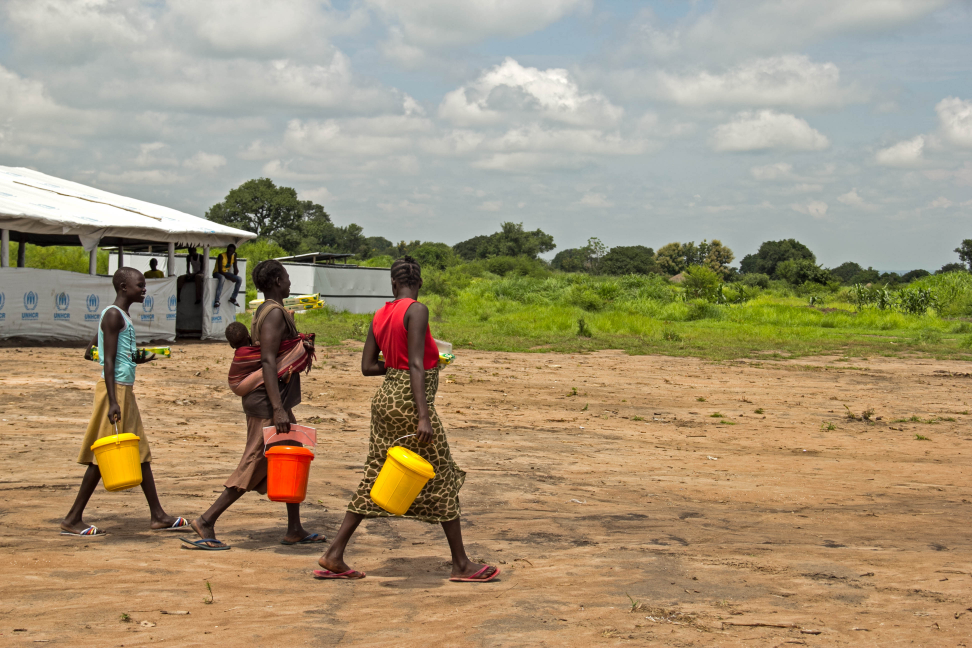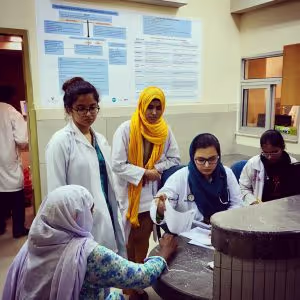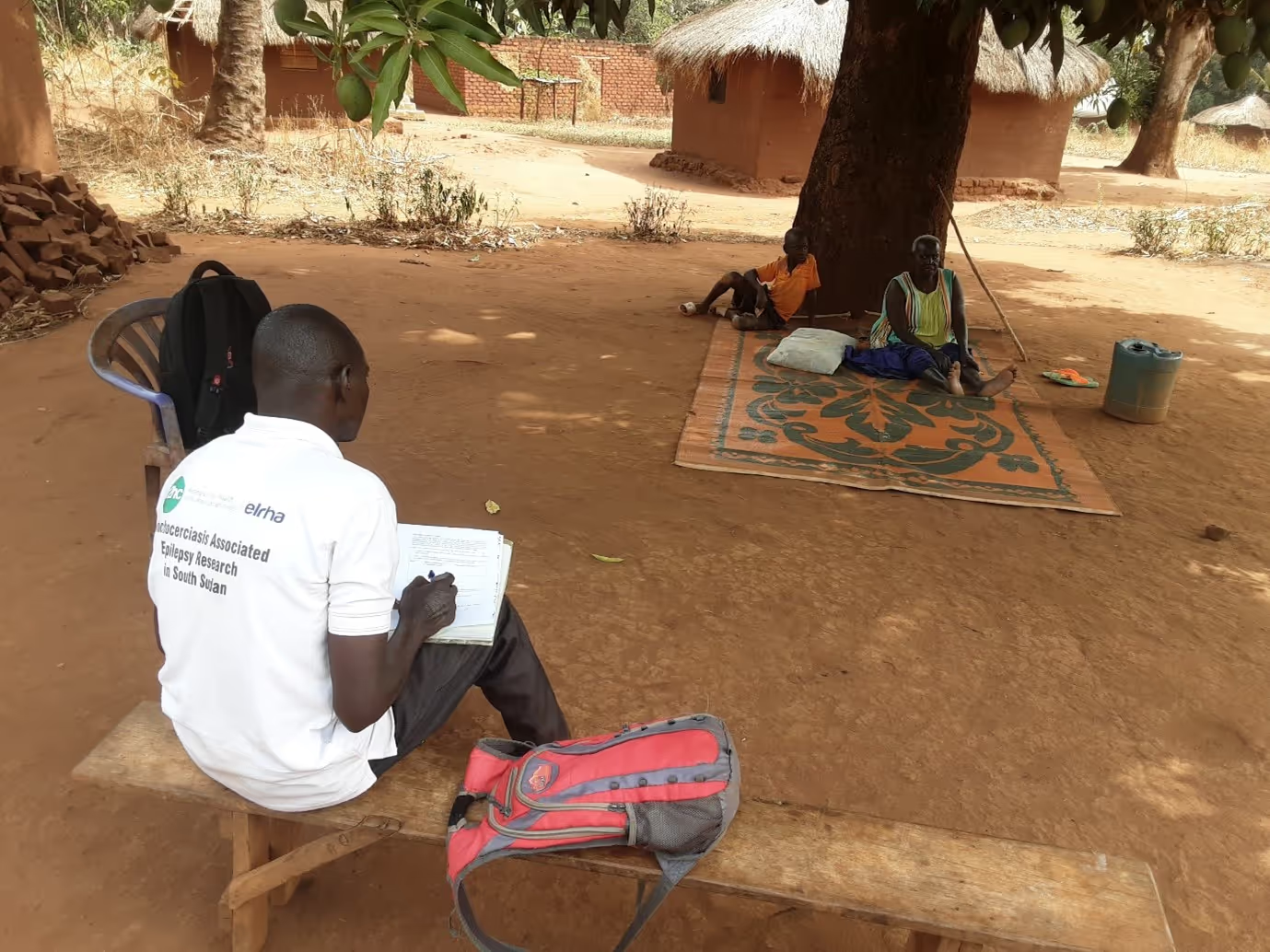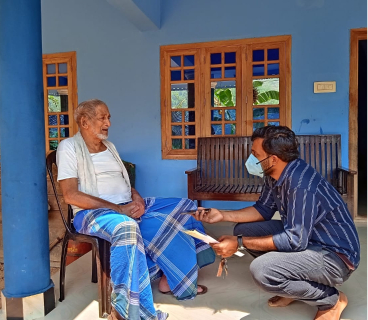Tackling extreme heat – changing behaviours‚ changing policy

When a recent period of high temperatures hit Canada, it made the global headlines. Tragically up to 70 people are reported to have died from heat-related conditions. Despite having a highly-resourced health system and an affluent population, authorities found themselves ill-prepared to take quick and decisive action. So it’s no surprise that when a much more severe and unexpected extreme heat event hit Pakistan’s most populated city Karachi back in 2015, the health system found itself under overwhelming strain. An estimated 2,000 people died as a result, although precise figures remain hard to calculate.
Since then the awareness in Karachi of the devastating impacts of extreme heat events, where temperatures regularly exceed 40°C (105°F), has grown significantly. When another period of extreme heat hit Karachi in May and June this year, the estimated casualties have been many fewer. However climate change, combined with growing and poorly planned urbanisation, makes future extreme heat events more and more likely. Action is required to get the world’s major cities better prepared, especially where there are vulnerable populations and underlying fragility in health systems.When a recent period of high temperatures hit Canada, it made the global headlines. Tragically up to 70 people are reported to have died from heat-related conditions. Despite having a highly-resourced health system and an affluent population, authorities found themselves ill-prepared to take quick and decisive action. So it’s no surprise that when a much more severe and unexpected extreme heat event hit Pakistan’s most populated city Karachi back in 2015, the health system found itself under overwhelming strain. An estimated 2,000 people died as a result, although precise figures remain hard to calculate.
Since then the awareness in Karachi of the devastating impacts of extreme heat events, where temperatures regularly exceed 40°C (105°F), has grown significantly. When another period of extreme heat hit Karachi in May and June this year, the estimated casualties have been many fewer. However climate change, combined with growing and poorly planned urbanisation, makes future extreme heat events more and more likely. Action is required to get the world’s major cities better prepared, especially where there are vulnerable populations and underlying fragility in health systems.

How best to ensure Emergency Departments are properly prepared for extreme heat events, and how vulnerable people can be forewarned and protect themselves, is the subject of one R2HC study currently underway in Karachi. The 2015 crisis highlighted that medical staff were not able to identify when causalities were suffering from heat stroke or related conditions. Other diagnoses, such as infections, were more commonly attributed as the cause of symptoms. Doctors and other clinicians needed more targeted training to help them spot and treat cases of extreme heat. In response Aga Khan and Johns Hopkins Universities have partnered to develop a training protocol and delivered it to almost 200 doctors, nurses and paramedics in preparation for this year’s peak temperatures. Subsequent changes in knowledge of medical staff is being tested, and the impact on appropriate care provided to patients is being investigated to see if training leads to positive changes in patient treatment and outcomes.
Another crucial aspect is to ensure households can spot and manage the risks of extremely high temperatures. More affluent households with air con systems, reliable water supplies, and greater flexibility to avoid working outside in the peak temperatures, are better able to cope in the heat. However for more vulnerable households, such as the fishing communities in the Ibrahim Hyderi community, the challenges are much greater. Through an existing neighbourhood health programme in this community the Aman Foundation has developed messages about how to react to extreme heat. These have been delivered to around 1,300 households reaching 8,000 people. Experienced community health workers are seeking to change behaviours through house-to-house awareness raising, community meetings and targeted SMS messages. Formal research will investigate the subsequent impact on attitudes and practice, against control groups who didn’t receive the additional information.

The study seeks to pull together both medical and community elements by investigating the resulting impact on hospital admissions, comparing case loads and mortality rates to previous extreme heat events. This requires enumerators collecting data across four of Karachi’s largest hospitals, 24 hours a day across a 3-month period. The commitment from participating hospitals – Jinnah Post Graduate Medical Center, Indus Hospital, Sindh Government Hospital Korangi and Chiniot General Hospital – and the study team, is impressive. The result will be some of the most comprehensive data on the impacts of extreme heat amongst vulnerable urban populations.
During a recent visit R2HC had the opportunity to facilitate a research impact workshop with the study team from Aga Khan University and Aman Foundation, to explore how these important research findings can have the greatest impact on crisis affected populations. The team outlined their hope that findings could contribute to a new Sindh Province policy responding to the challenges of extreme heat. Through the workshop the team identified and prioritised key stakeholders that they would need to engage and focus their limited resources on in order to achieve this objective. This enabled the team to start planning an effective and realistic strategy for communicating research findings in a targeted and effective way to engage these key individuals, and consider the potential role of the media and local NGOs to elevate interest in effective extreme heat disaster response.
Unpacking the potential impact of this research study, from local to global levels, demonstrated the potential for any policy change in Karachi to lead to national policy adoption and adaptation of resources for other affected urban areas in Pakistan and beyond. Whilst that’s likely to be many years in the future and depends on a wide range of factors beyond the control of the research team, more immediately it was evident the study is already beginning to improve the treatment of victims of extreme heat. To what extent this is the case should be known when data analysis has been undertaken, with initial findings expected to be shared by the end of this year. To receive alerts about the research findings, please contact [email protected] to register your interest.
Stay updated
Sign up for our newsletter to receive regular updates on resources, news, and insights like this. Don’t miss out on important information that can help you stay informed and engaged.
Related articles



Explore Elrha
Learn more about our mission, the organisations we support, and the resources we provide to drive research and innovation in humanitarian response.